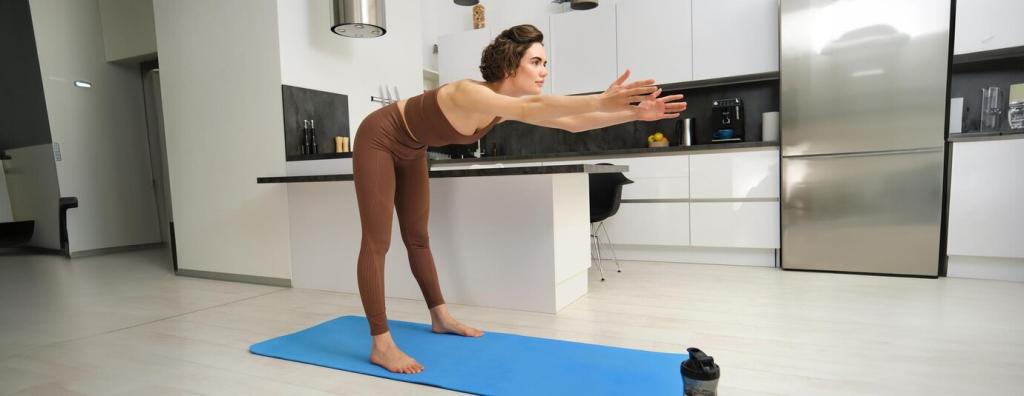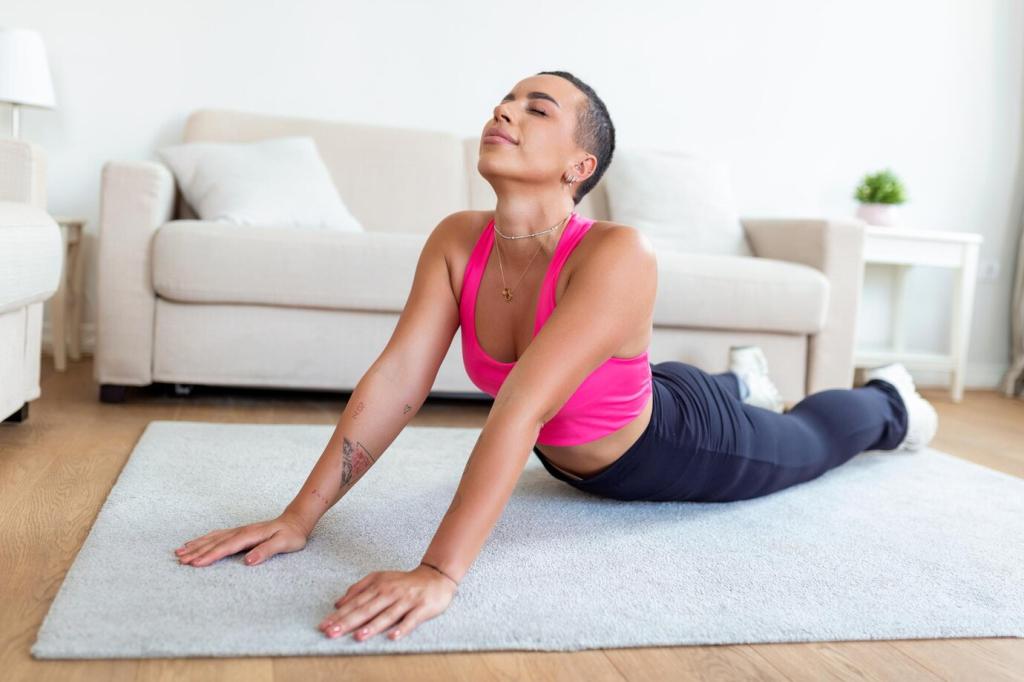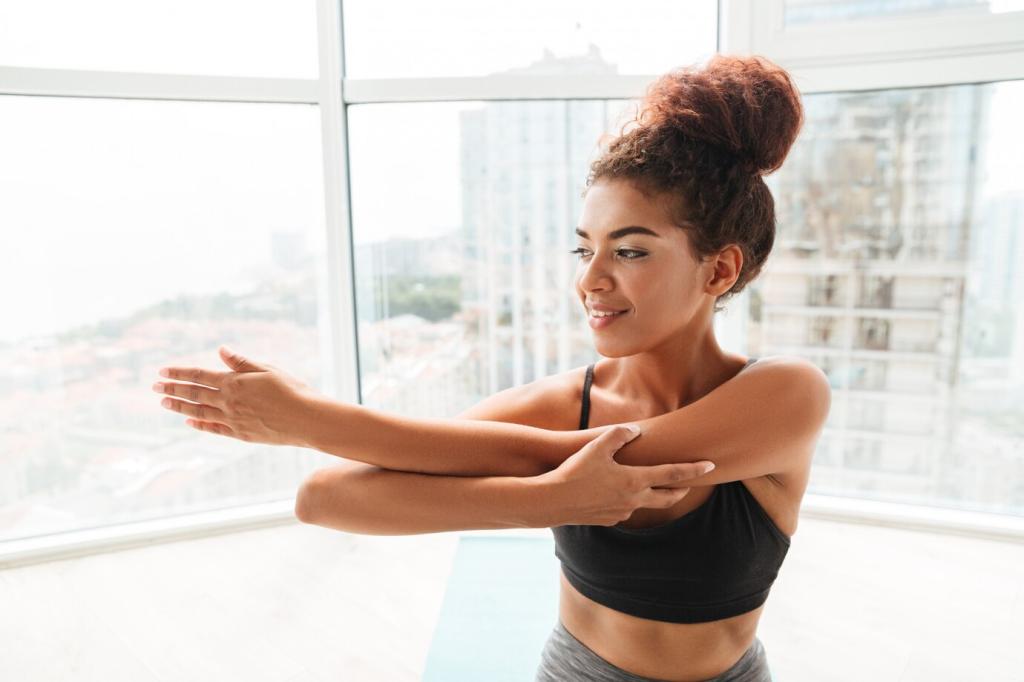Top Yoga Poses for Better Flexibility

Everyday Motion Mechanics
Think of flexibility as lubrication for your daily life: reaching the top shelf, turning your head while driving, or crouching beside a child. These small motions feel smoother when hamstrings, hips, and shoulders are pliable thanks to consistent, thoughtful poses.
Research-Backed Stretching Benefits
Studies link regular stretching with reduced muscle stiffness, improved range of motion, and better posture. When you blend breath with targeted poses, collagen fibers remodel gradually, allowing safer depth. Track your gains weekly and celebrate steady, sustainable change together.
Set a Baseline and Share
Before starting today’s top poses, try a gentle forward fold and note where your hands land. Share your baseline in the comments, then revisit after two weeks. Seeing measurable, friendly progress keeps motivation high and practice truly enjoyable.
Pose Spotlight: Downward-Facing Dog
Alignment That Expands Space
Root hands evenly, spiral biceps forward, and lift sit bones high while keeping knees micro-bent if hamstrings resist. Press through fingertips to decompress wrists. Imagine tailbone beaming upward as heels gently reach back, creating length without yanking or forcing stubborn tissues.
Hamstring-Friendly Variations
Bend your knees generously, pedal the feet, or place heels on a rolled blanket. Shortening your stance helps stubborn calves. Small, patient adjustments let connective tissue adapt, making flexibility gains consistent rather than painful. Consistency and breath outpace ambition every time.
A Quick Story for Encouragement
A reader, Maya, could barely hold Down Dog for ten breaths. After six gentle weeks, her heels kissed the mat occasionally. She celebrated by sharing a photo and a tip: kindness plus daily twenty-second holds was the quiet secret to progress.

Pose Spotlight: Low Lunge and Lizard
Pad your back knee, stack front knee over ankle, and lengthen tailbone as you draw ribs in. Lift through the chest while reaching arms overhead. This balances openness with stability, relieving chronically tight hip flexors caused by desk time or driving.
Pose Spotlight: Seated Forward Fold
Sit tall on a folded blanket, hinge from the hips, and imagine your sternum reaching forward. Keep knees softly bent to avoid tugging. With each exhale, melt subtly. This approach honors hamstrings while building enduring flexibility and a relaxed, curious mindset.

Create Space, Not Strain
Square your hips gently, support the front thigh with a block if needed, and keep the back leg extended and active. Breathe into sensation, not pain. Ten mindful breaths can soften deep glute tension, improving mobility without sacrificing joint integrity or comfort.
Alternatives When Knees Are Sensitive
Supine Figure Four offers similar benefits with less pressure. Cross ankle over opposite thigh, thread hands behind the hamstring, and draw in lightly. This variation invites steady breath and targeted release, making hip work accessible on days when Pigeon feels too intense.
An Emotional Release Moment
Many notice emotions surfacing in hip openers. A reader once cried softly during Pigeon, then described feeling unexpectedly light afterward. If that happens, breathe and stay kind. Share your experience; your story might help someone else approach their practice with compassion.
Pose Spotlight: Bridge to Wheel Progressions
Build Strength to Support Flexibility
In Bridge, press through feet, hug inner thighs, and lengthen tailbone toward knees. Engage glutes without clenching. This creates a supportive foundation so front-body opening happens safely. Strength plus mobility keeps progress steady and your back feeling vibrant, not vulnerable.
Shoulder and Wrist Preparation
For Wheel, open shoulders with Puppy Pose and use blocks under hands to reduce wrist angle. Keep elbows aligned and shoulder blades wrapping down. Slowly rise on an exhale, honoring breath as your true guide. Small steps today become joyful breakthroughs tomorrow.
Respect Your Edge and Reflect
Backbends can be exhilarating, but patience protects. Journal how your chest, hip flexors, and breath felt afterward. Share reflections with the community so we can celebrate wins, troubleshoot discomfort, and co-create a flexible, resilient practice that actually fits your real life.
